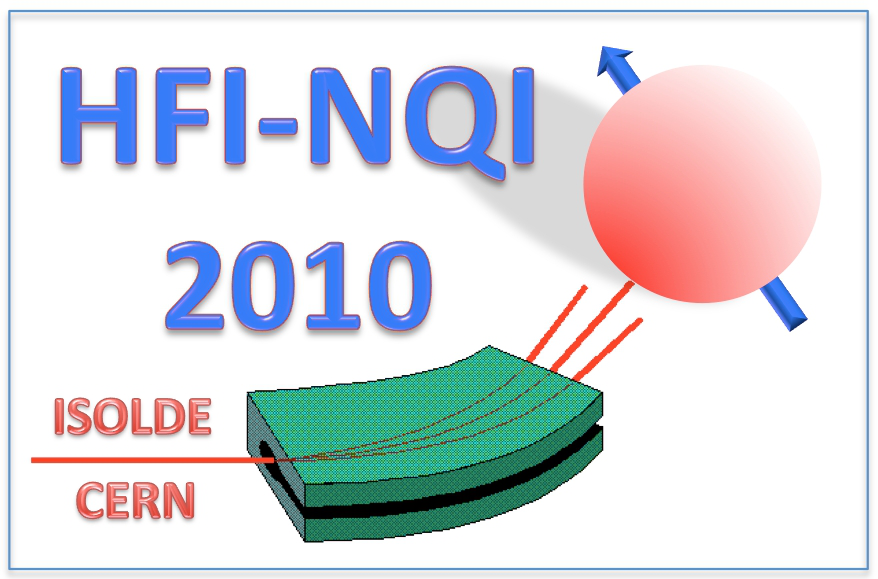Speaker
Dr
Itzhak HALEVY
(Nuclear Research Center, Beer-Sheva, Israel)
Description
Itzhak Halevy1,2, Shelomo Haroush1,3, Yosef Eisen3, Ido Silberman3, Dany Moreno3,
Amir Hen4, Mike L. Winterrose2 Sanjit Ghose5 and Zhiqiang Chen5
1 Nuclear Research Center - Negev, P.O. Box 9001, Beer-Sheva, Israel
2 Department of Materials Science California Institute of Technology, Pasadena, CA 91125, USA
3 Soreq NRC, Yavne, Israel
4 Department of Nuclear Engineering, Ben Gurion Univ., Beer-Sheva, Israel
5 NSLS, Brookhaven National Laboratory, Upton, NY 11973, USA
HAVAR foils are of technological importance in applications such as windows for gas and liquid targets. In medical cyclotron physics, for example, HAVAR foils are used as windows for H2O18 targets which produce 18F isotope as main the component of the FDG. HAVAR foils are used because of their ability to withstand high-temperatures and pressures intrinsic to FDG production. As such, a deeper understanding of the behavior of HAVAR foils under extreme conditions is desirable.
HAVAR consists primarily of Co together with Cr, Ni, Fe [ ]. This nonmagnetic alloy has a cubic crystallographic structure (FCC) with a 3.582 Å lattice parameter.
The aim of the present study is to investigate the high-pressure structural properties of annealed and cold rolled (C R) HR.
High-pressure angle dispersive X-ray diffraction studies were performed at beamline X17-C of the National Synchrotron Light Source (NSLS). The angle dispersive data were collected using 2D detector with opening Bragg angle (2q=30°). The high-pressure X-ray powder-diffraction measurements were taken at discrete pressure steps in the range of 0 to 36.4 GPa. The data was collected by the ADS technique. A monochromatic X-ray beam (0.4066Å) from high order Si crystal monochromator was used. The angle dispersive measurements were carried out in transmission configuration using the 2D image detector technique. The data was analyzed using a commercial Rietveld analysis software package. The 2D data was converted to the 2Ө dimension by the Fit2D software.
We found both samples non magnetic in room temperature and ambient pressure.
Data of low temperature and high pressure Mössbauer effect is still under analysis.
References
[ ] D.P. Chowdhury , R. Guin, S.K. Saha, M. Sudersanan, Nuclear Instruments and Methods in Physics Research B 251 (2006) 484–488
Author
Dr
Itzhak HALEVY
(Nuclear Research Center, Beer-Sheva, Israel)
